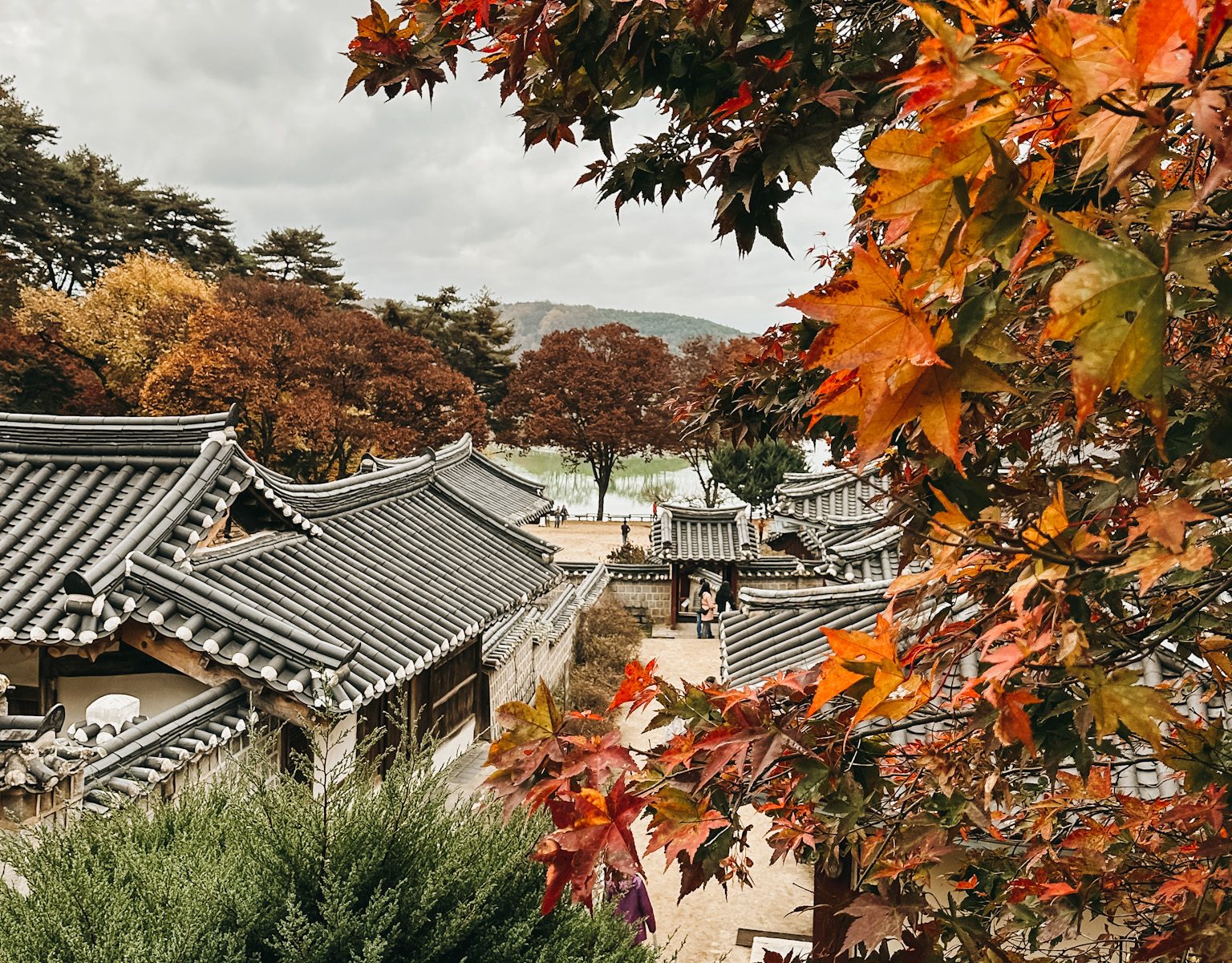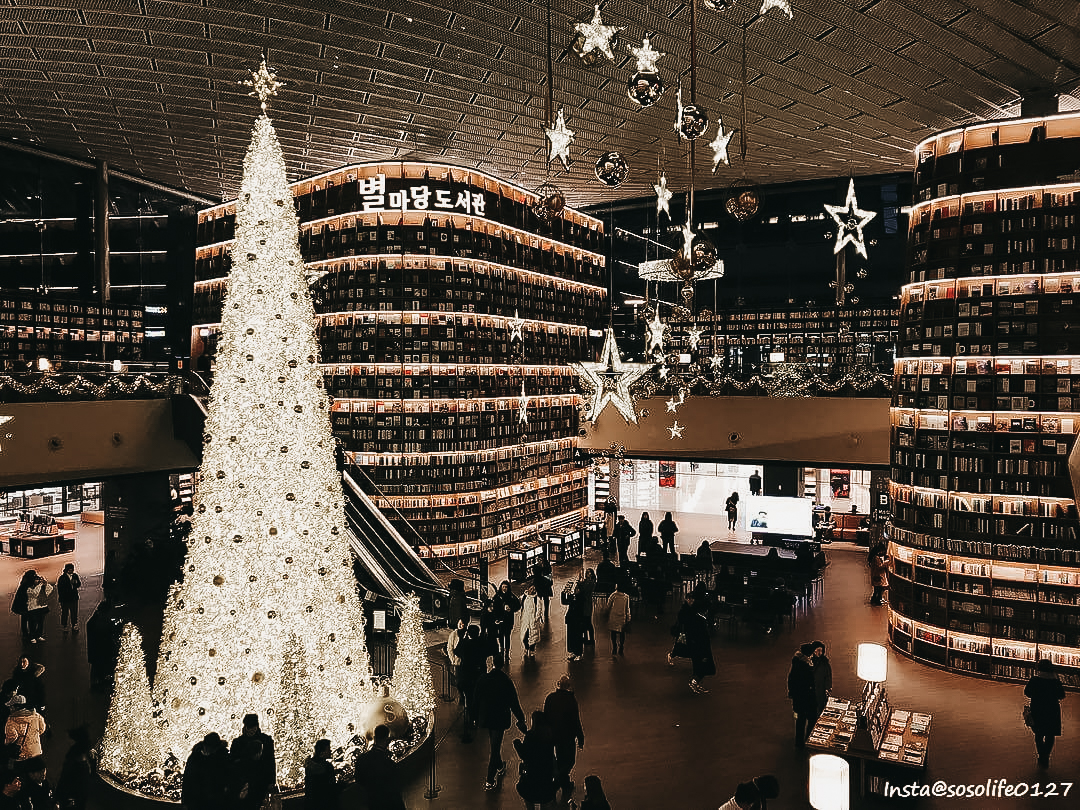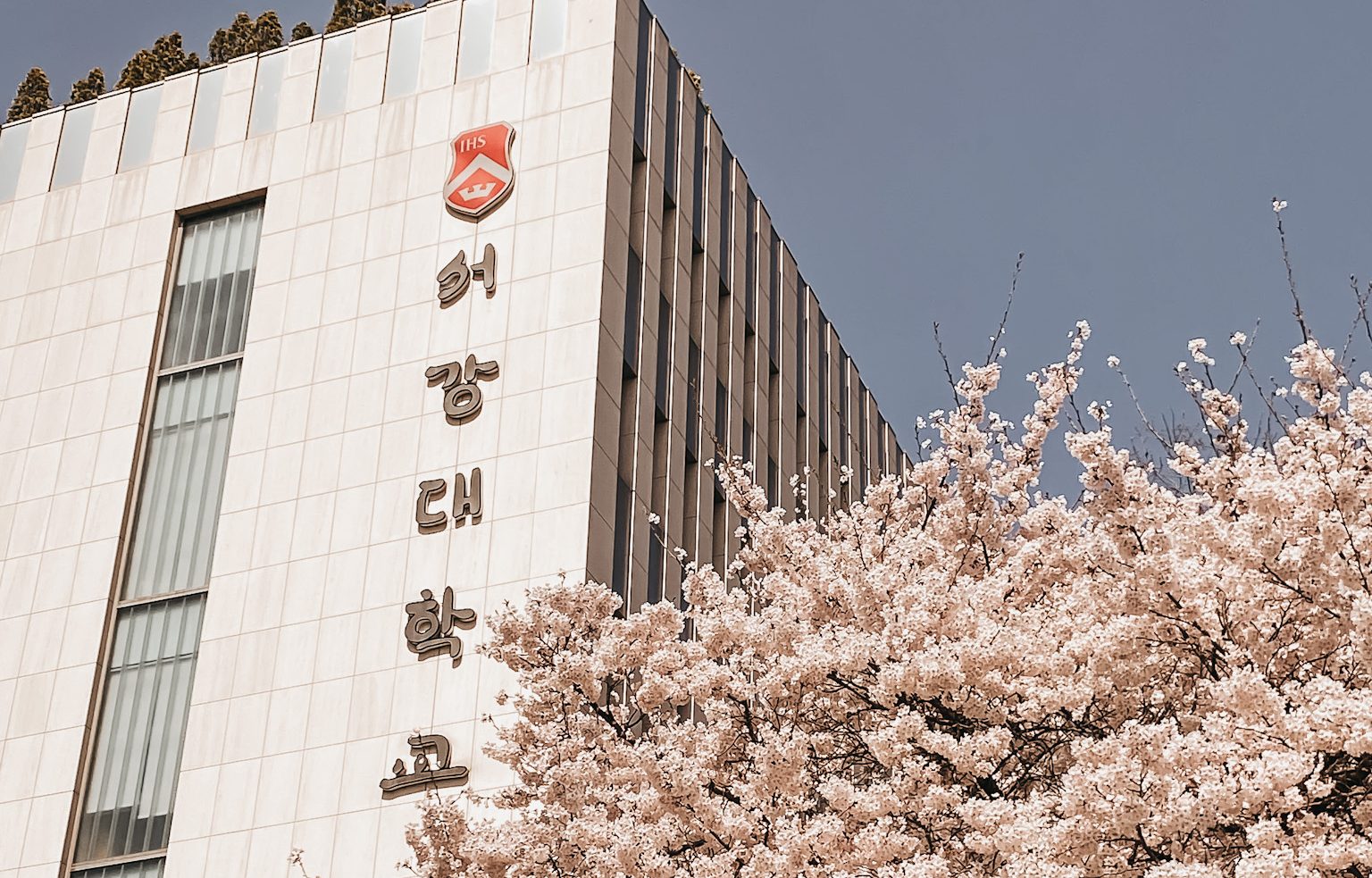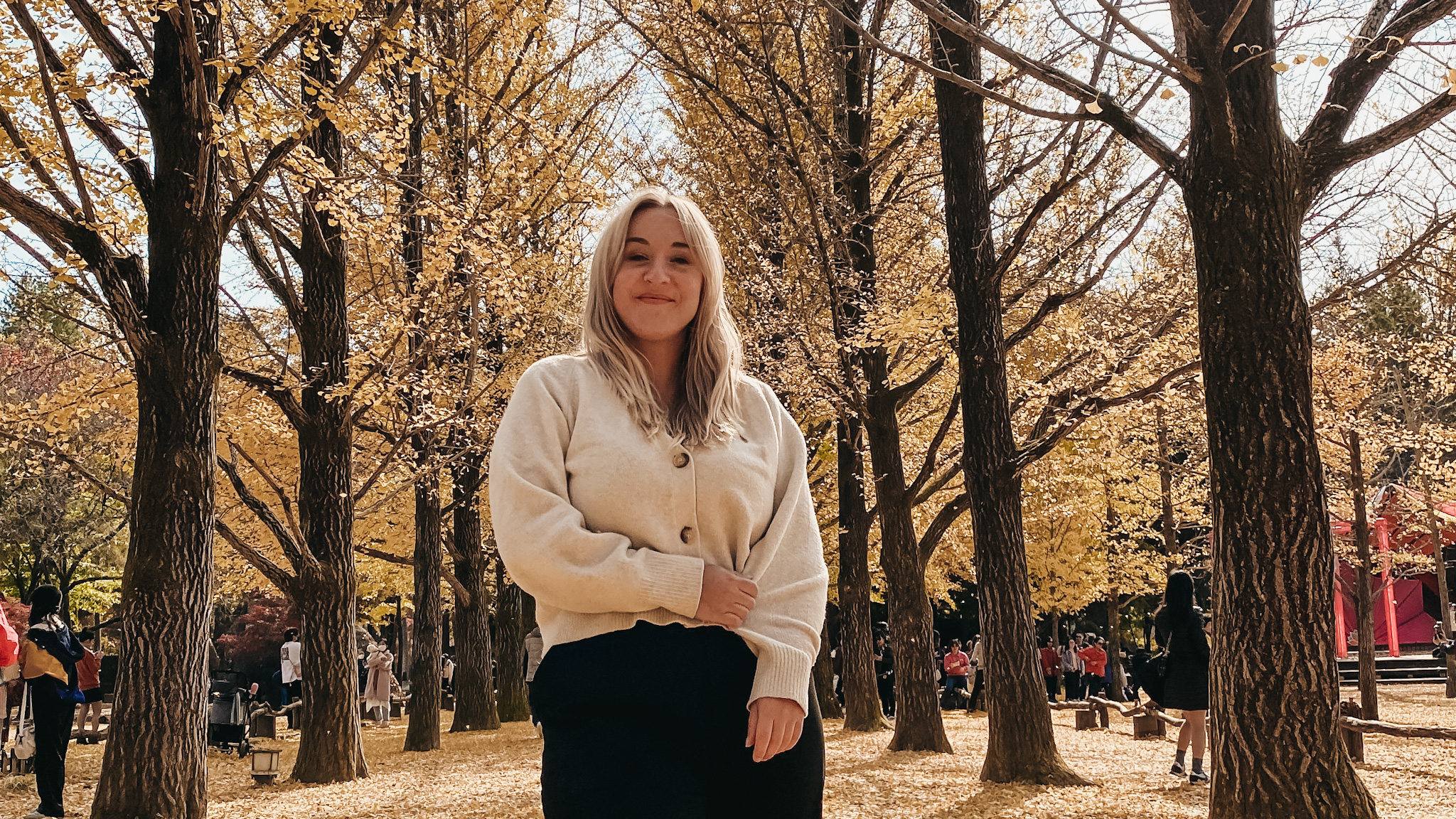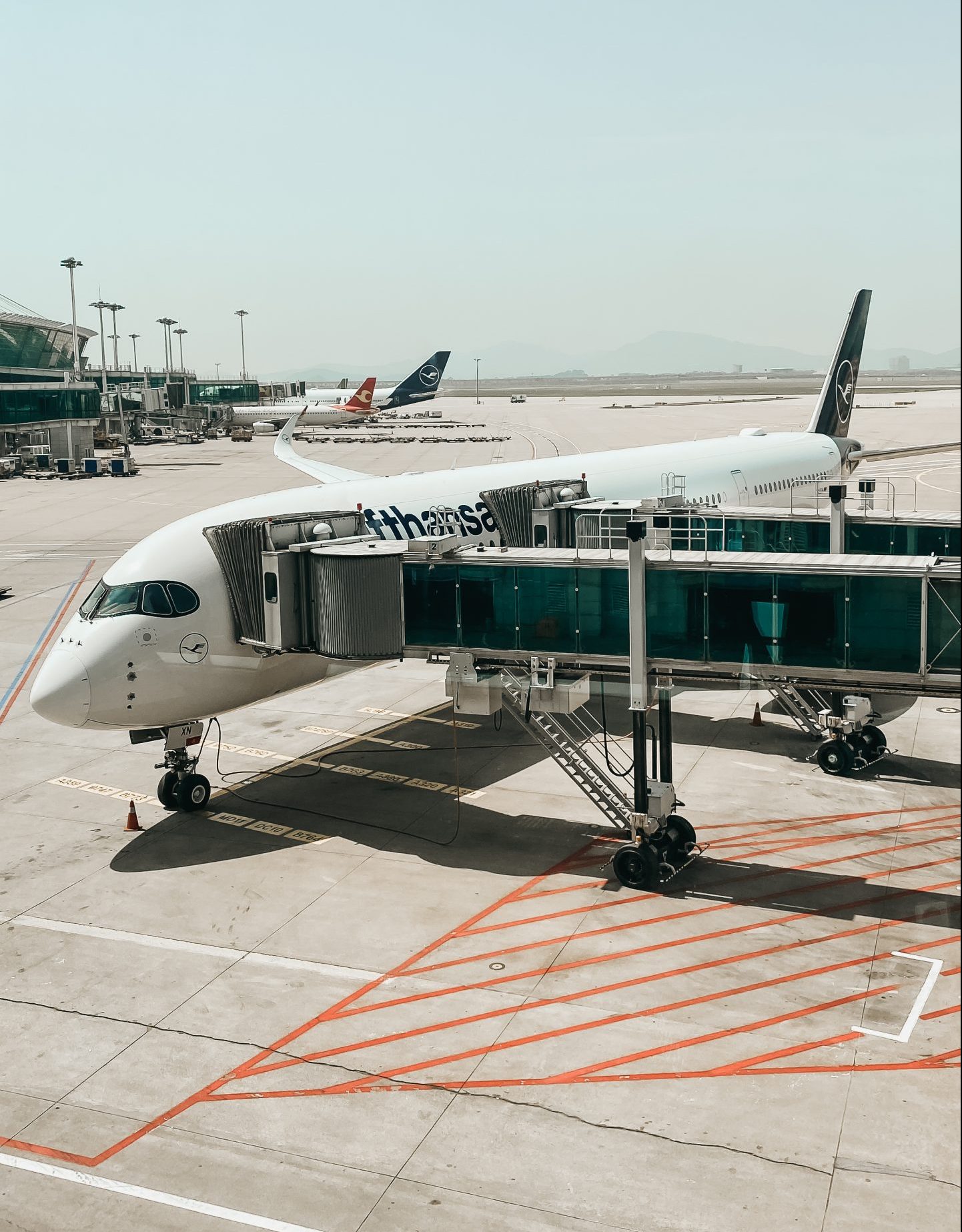I especially love South Korea for its dynamic blend of modernity and tradition, especially because they successfully preserved their amazing cultural and natural heritage. So I was not surprised when I found out, that Korea actually has a remarkable collection of 16 UNESCO World Heritage Sites, recognized for their outstanding cultural, historical, or natural significance over the past centuries.
In this post:
Toggle
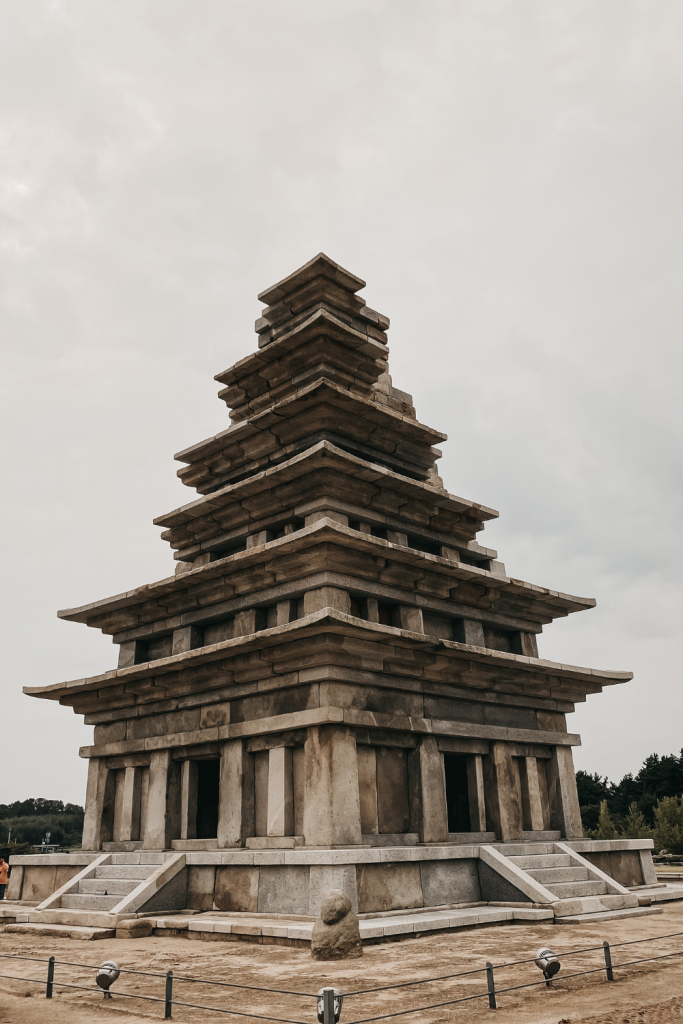
Baekje Kingdom’s Historic Areas
Mid-Western Korea, since 2015
With fortresses, royal palaces, and Buddhist temples, this UNESCO site unveils the architectural and cultural legacy of Baekje, one of Korea’s ancient Three Kingdoms. In Korea’s mid-western mountains, UNESCO-listed Baekje Kingdom sites, dating from 475 to 660 CE, showcase cultural and artistic exchanges among ancient East Asian kingdoms. Notable locations include Gongsanseong fortress and royal tombs, Busosanseong Fortress, Jeongnimsa Temple, Naseong city wall, and Wanggung-ri palace with Mireuksa Temple.
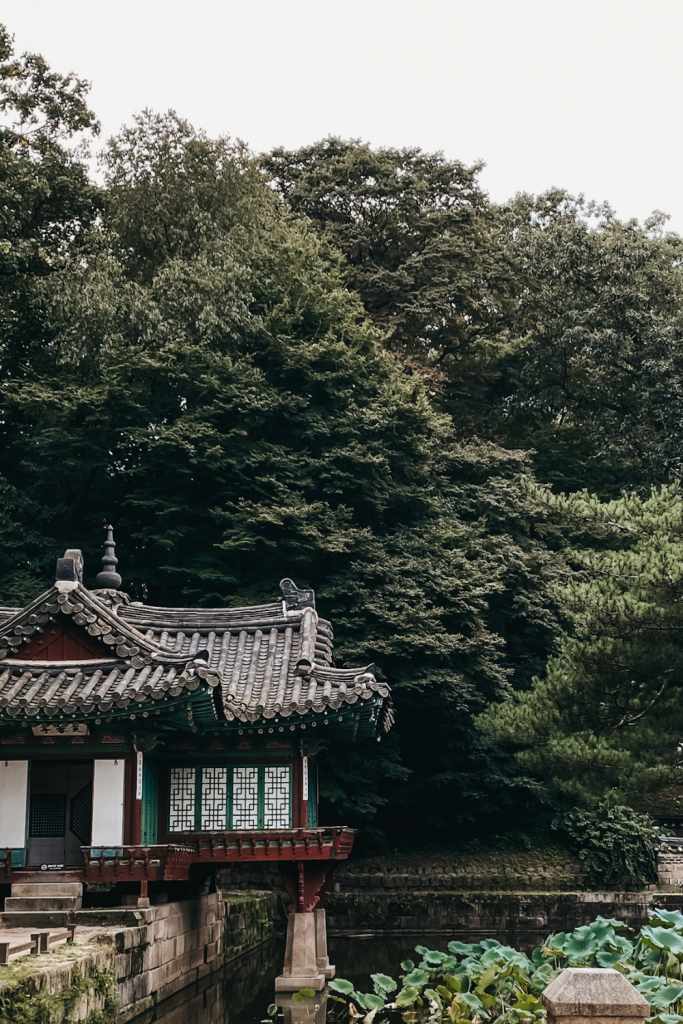
Changdeokgung Palace Complex
Seoul, since 1997
Seoul’s Changdeokgung Palace Complex, a masterpiece of Joseon Dynasty architecture, stands as a testament to Korea’s regal past and originally was built under the order of King Taejong in the 15th century. The delicate balance between nature and human design is unique on display in the palace’s official and residential buildings and the Secret Garden, that seamlessly blends with the landscape.
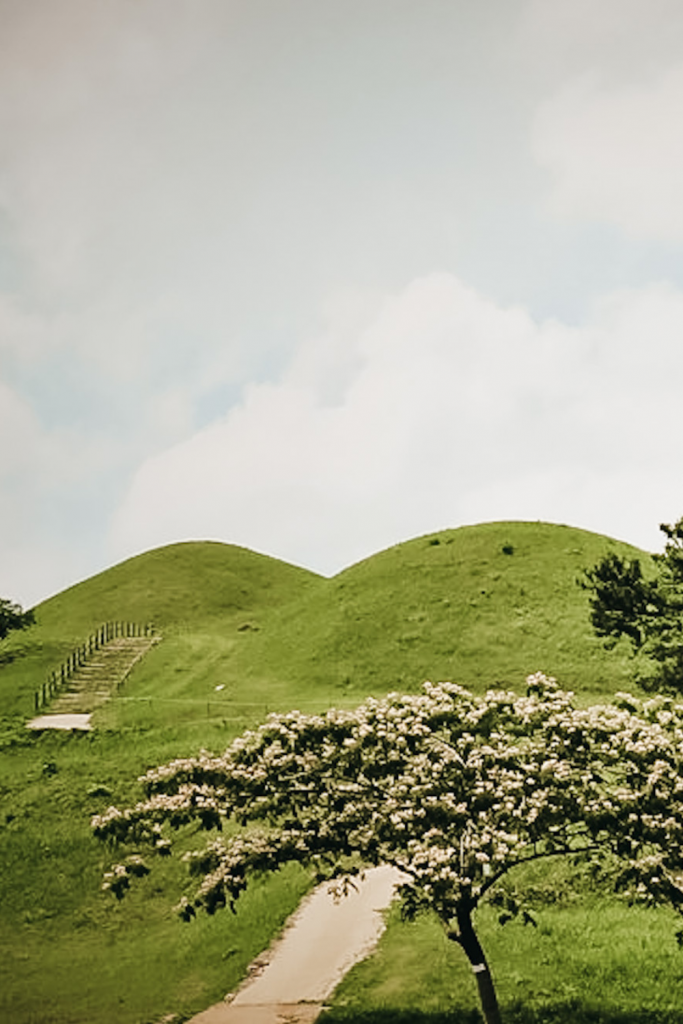
Gaya Tumuli
Hapcheon, since 2023
These burial mounds are the newest addition to the list of Korea’s UNESCO World Heritage Sites. It is a testament to the rich burial practices of early Korean civilizations from the 1st to the 6th century CE and offers a glimpse into the rituals and customs and the evolving structure of the Gaya confederacy over time.
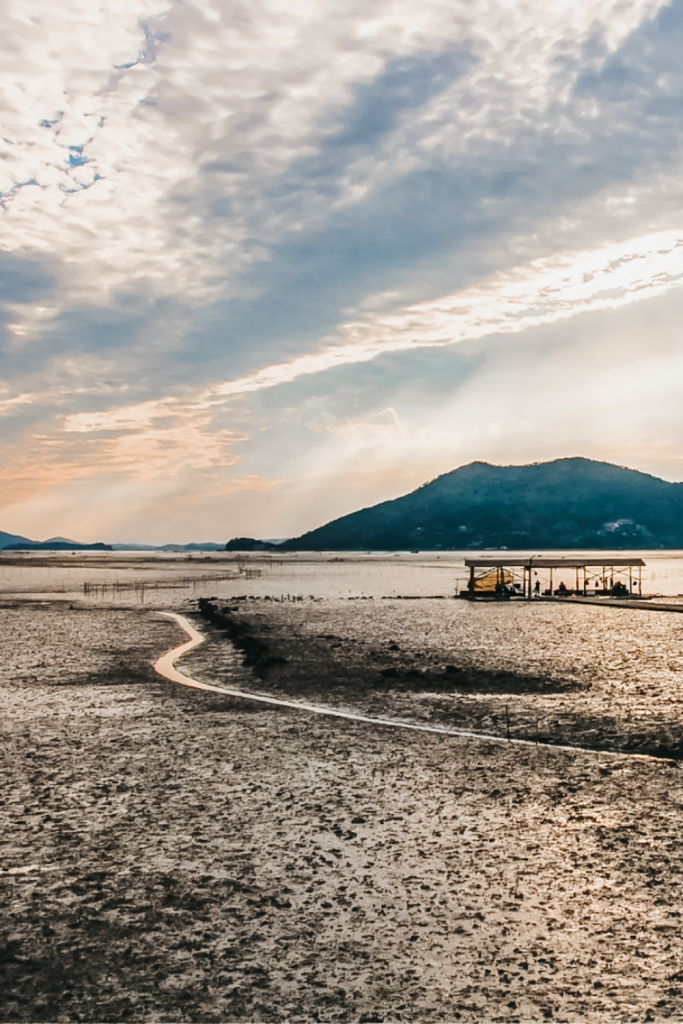
Getbol [Korean Tidal Flats]
Southwestern Korea, since 2021
Showcasing the dynamic interplay of tides and ecosystems the unique habitat around the Korean Tidal Flats became UNESCO World Heritage in 2021. This natural wonder in the eastern Yellow Sea serves as a critical habitat for diverse marine life, highlighting Korea’s commitment to environmental conservation. In the four distinct parts Seocheon Getbol, Gochang Getbol, Shinan Getbol, and Boseong-Suncheon Getbol you can find a rich biodiversity of 2,150 species, including 22 globally threatened, and serving as a sanctuary for 47 endemic migratory bird species.
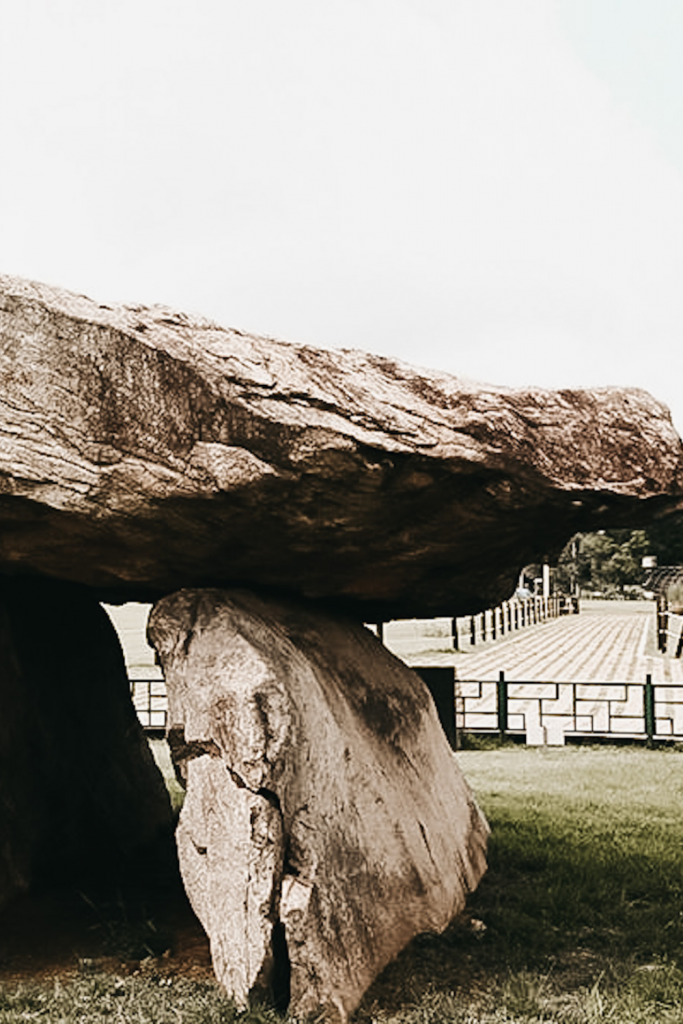
Gochang, Hwasun and Ganghwa Dolmen
Western Korea, since 2000
The dolmens – prehistoric tombs – are scattered across Gochang, Hwasun, and Ganghwa and stand as guardians of Korea’s ancient past from the 1st millennium BC. They are constructed of large stone slabs and became a significant part of the Megalithic culture – found in many parts of the world, but nowhere in such a concentrated form.
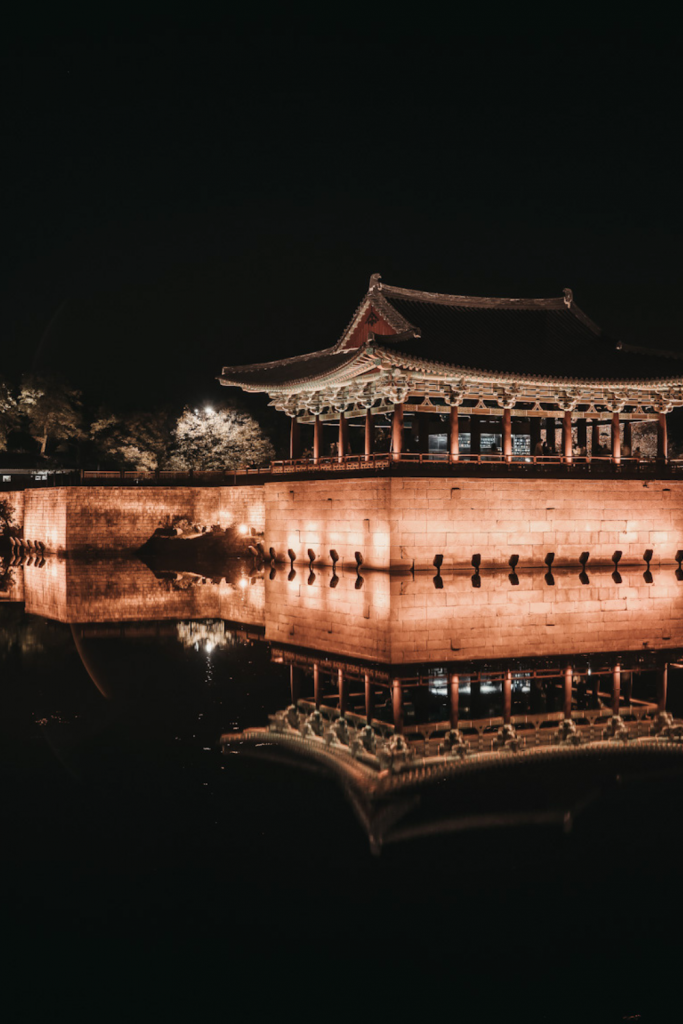
Gyeongju Historic Areas
Gyeongju, since 2000
The often called “Museum Without Walls” boasts a treasure trove of cultural heritage in South Korea. From the intricate artistry of Bulguksa Temple to the contemplative Seokguram Grotto, these historic areas showcase the brilliance of the Silla Dynasty (7th to 10th Century). Sculptures, reliefs, pagodas, remains of temples and palaces – in Gyeongju you can find endless amazing historical and cultural sites to explore.
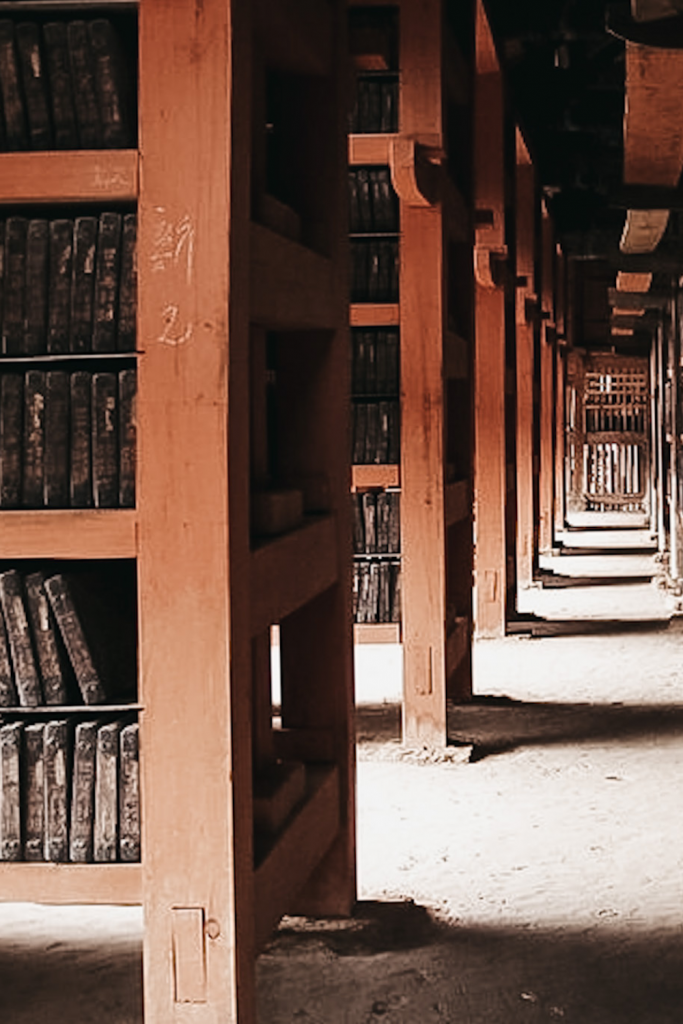
Haeinsa Temple Janggyeong Panjeon
Seongju, since 1995
Nestled in the serene surroundings of Mount Gaya, Haeinsa Temple safeguards a cultural gem—the Tripitaka Koreana woodblocks: a collection of around 80,000 buddhist texts. Janggyeong Panjeon, the depository for these woodblocks from the 15th century, is a testament to Korea’s dedication to preserving its Buddhist heritage.
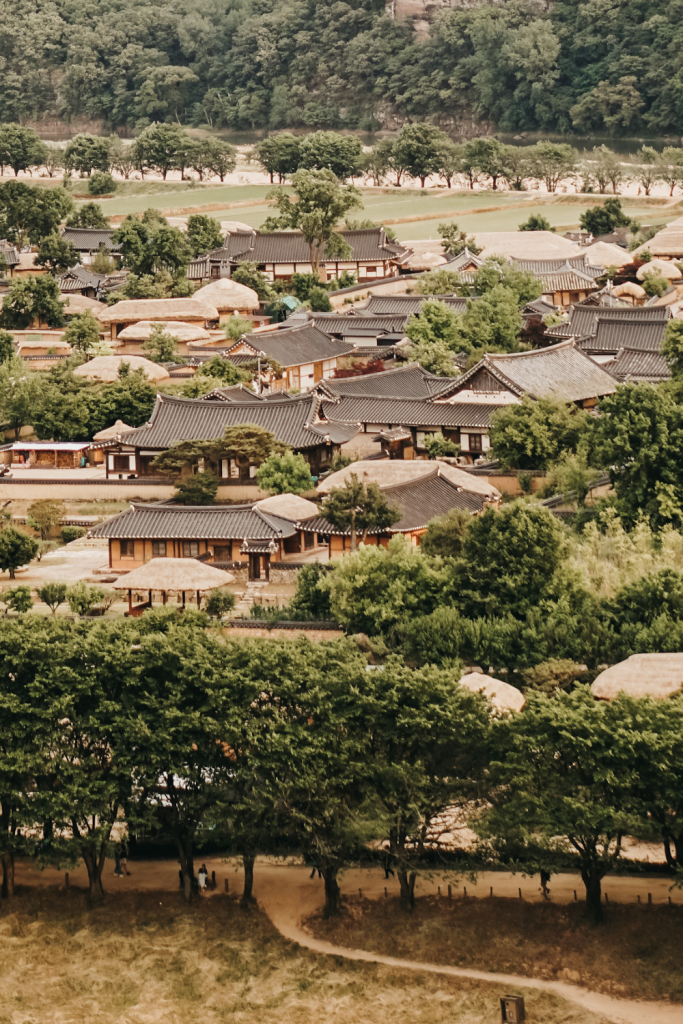
Hahoe & Yangdong Historic Villages
Andong & Gyeongju, since 2010
Step back in time to the 14th and 15th centuries as you wander through the historic villages of Hahoe and Yangdong. These well-preserved communities offer a living testament to traditional Korean architecture, lifestyle, and Confucian values. Close to them you can also find another UNESCO World Heritage: the Confucian Academies mentioned later in this article.
I especially recommend the Hahoe Village in Andong during the Mask Dance Festival or Fall Foliage!
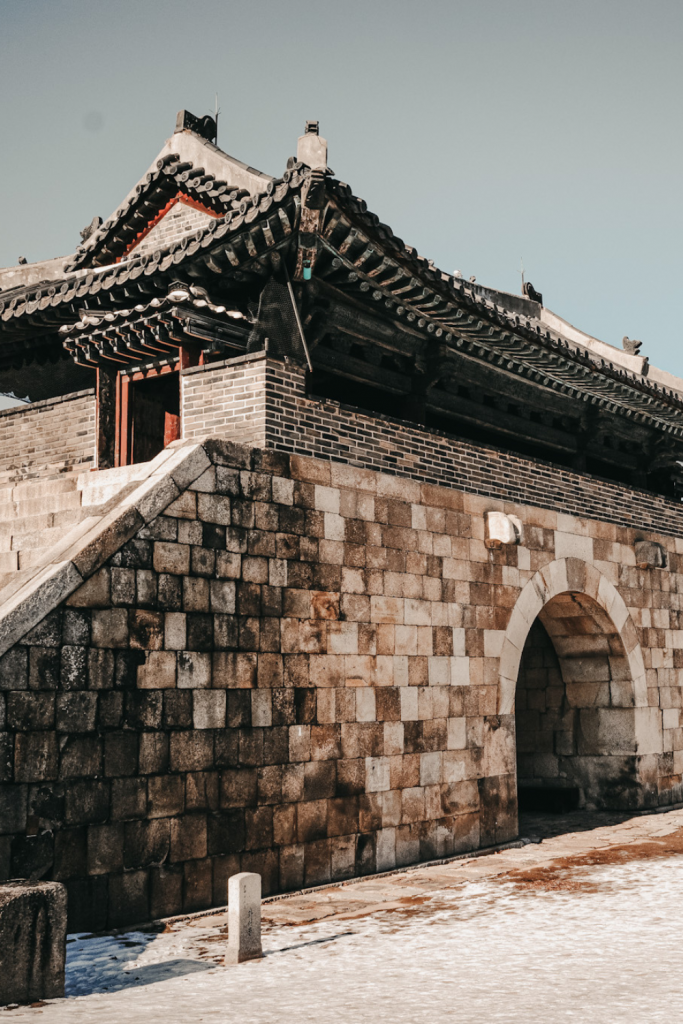
Hwaseong Fortress
Suwon, since 1997
This fortress from the end of the 18th century is a symbol of innovation in military architecture. The walls, gates, and bastions of this UNESCO site not only protected the city and King Jeongjo’s father’s tomb but also showcase the strategic brilliance of Korea’s historical engineers.
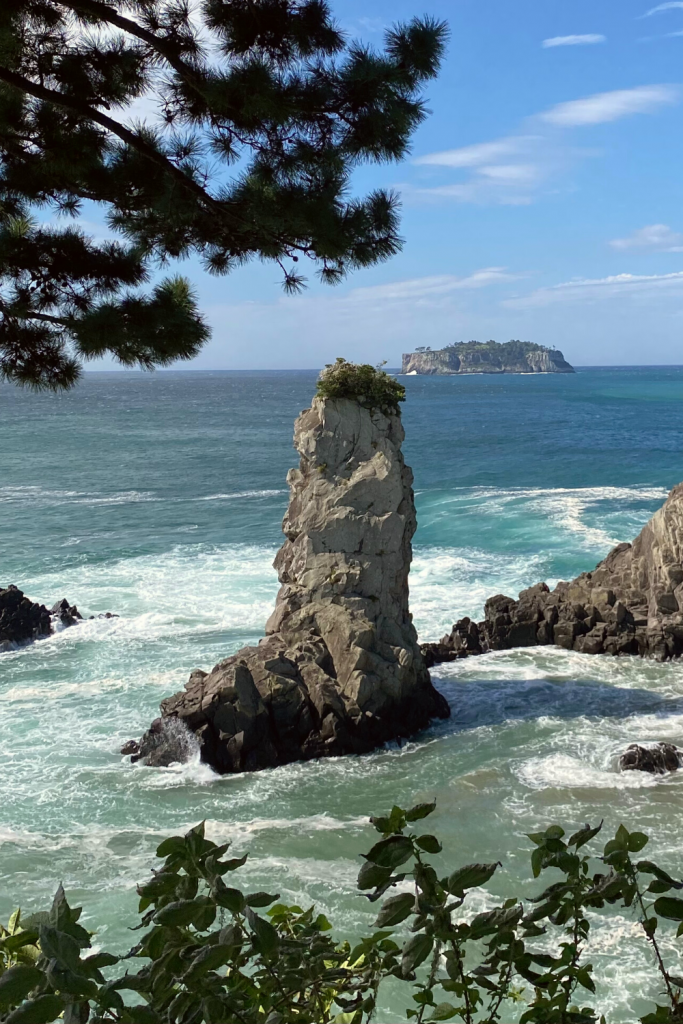
Jeju Volcanic Island & Lava Tubes
Jeju Island, since 2007
If you follow me on Instagram you for sure saw the stunning nature of Jeju Island in my Posts and Stories. Jeju is one of my all time favorite travel destinations and a natural wonder shaped by volcanic forces. From the towering Hallasan Mountain to the intricate underground world of lava tubes, Jeju’s unique geology and rich biodiversity make it a must-visit for nature enthusiasts and became UNESCO World Heritage for a reason.

Jongmyo Shrine
Seoul, since 1995
In the heart of Seoul, south of Changgyeonggung and Changdeokgung Palace lies the Jongmyo Shrine, a sanctuary dedicated to the ancestral spirits of the Joseon Dynasty. It actually is the oldest and most authentic of the Confucian royal shrines.
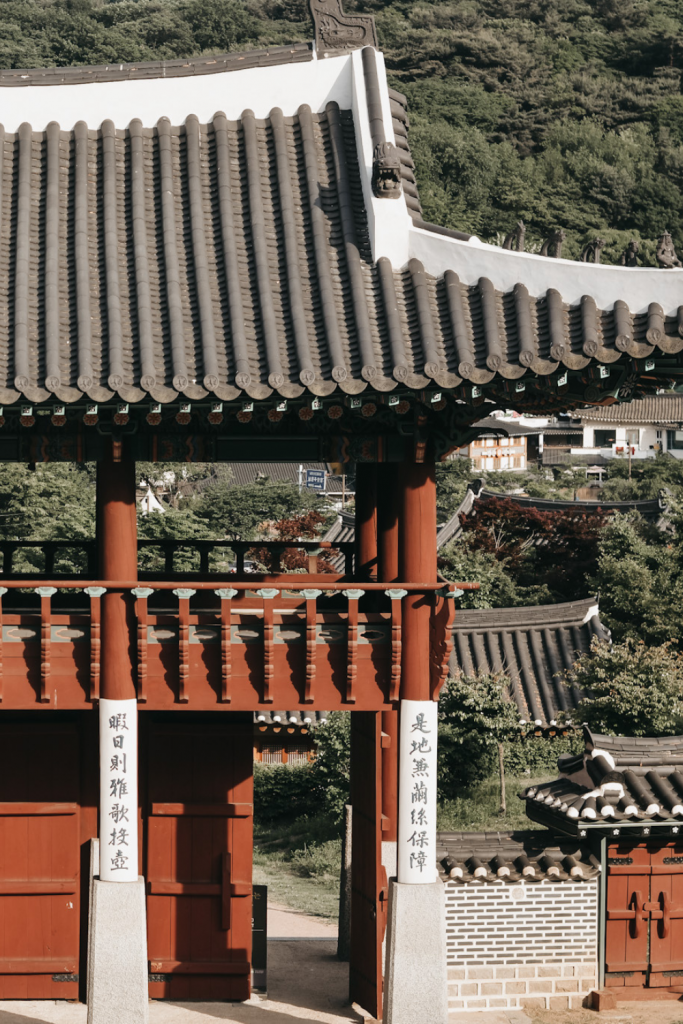
Namhansan-seong
Gwangju (Gyeonggi Province), since 2014
Perched on a mountain ridge in Gyeonggido, Namhansanseong served as a strategic fortress defending Seoul. This well-preserved fortress complex and its surrounding landscapes offer visitors a glimpse into Korea’s historical military architecture from the Joseon Dynasty (14th-19th century).
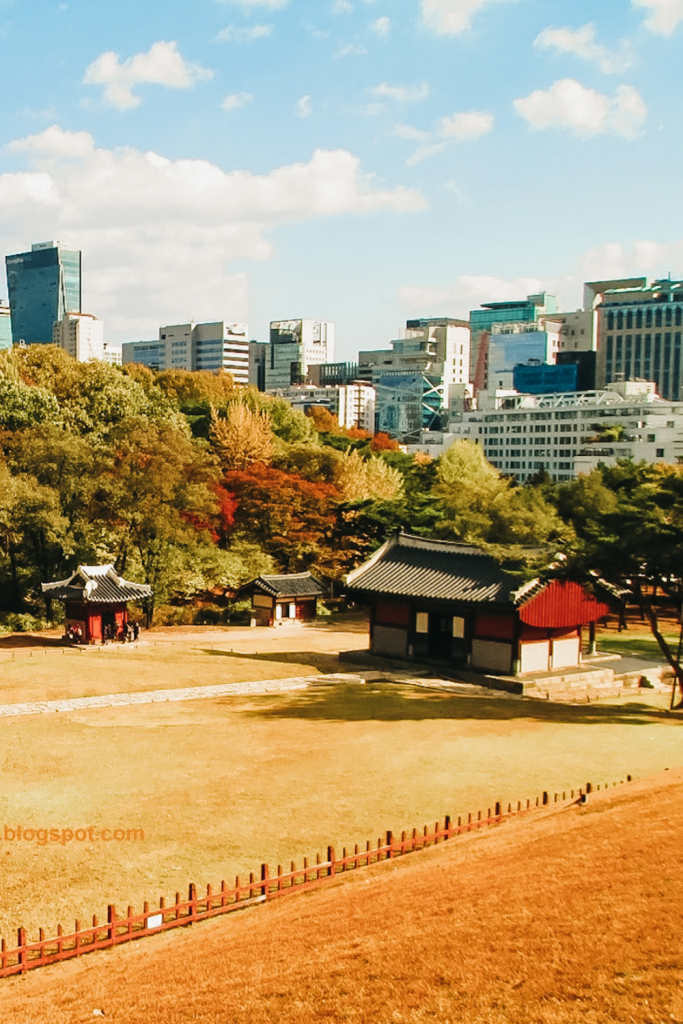
Royal Tombs of the Joseon Dynasty
Seoul & Gyeonggi Province, since 2009
Scattered in Seoul and its surrounding areas, the over 40 Royal Tombs of the Joseon Dynasty are a testament to the royal traditions and burial practices of Korea’s last dynasty. They served to honor ancestors, acknowledge their accomplishments, assert royal authority, safeguard ancestral spirits, and deter vandalism.
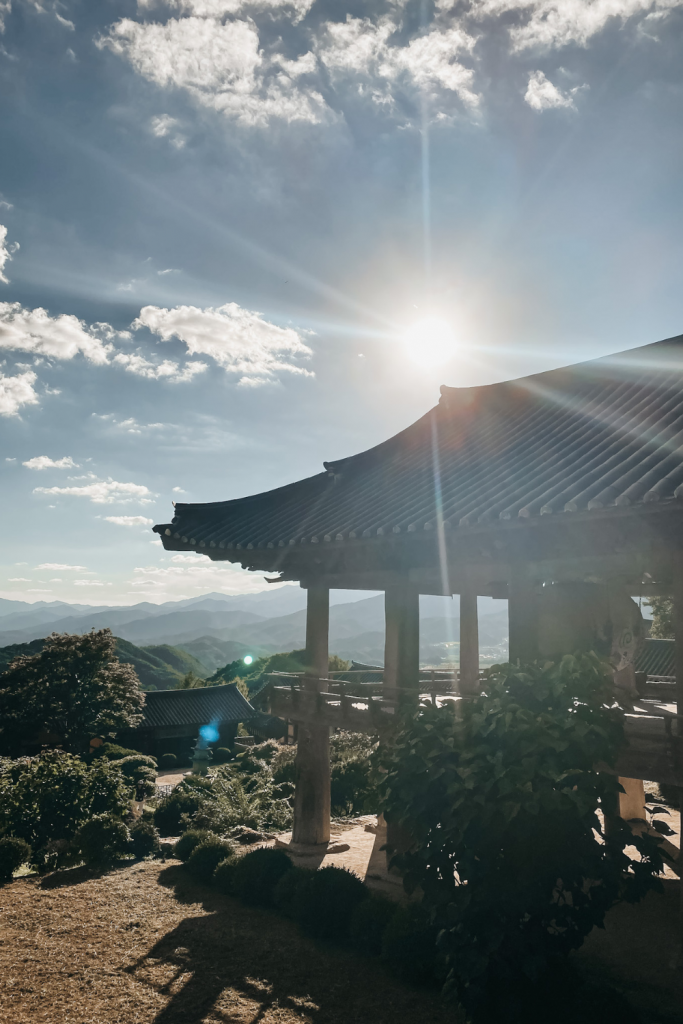
Sansa [Buddhist Mountain Monasteries]
Nation wide, 2018
Spanning various mountainous regions of Korea, the Sansa Buddhist Mountain Monasteries are centers of spiritual practice. These monastic enclaves with their temples, halls, and pagodas – built between the 7th and 9th centuries – showcase the enduring influence of Buddhism on Korean culture. Most of them are still active temples for Buddhist’s daily religious practice and offer temple stays to Koreans and often also to foreigners.
- Tongdosa
- Buseoksa
- Bongjeongsa
- Beopjusa
- Magoksa
- Seonamsa
- Daeheungsa
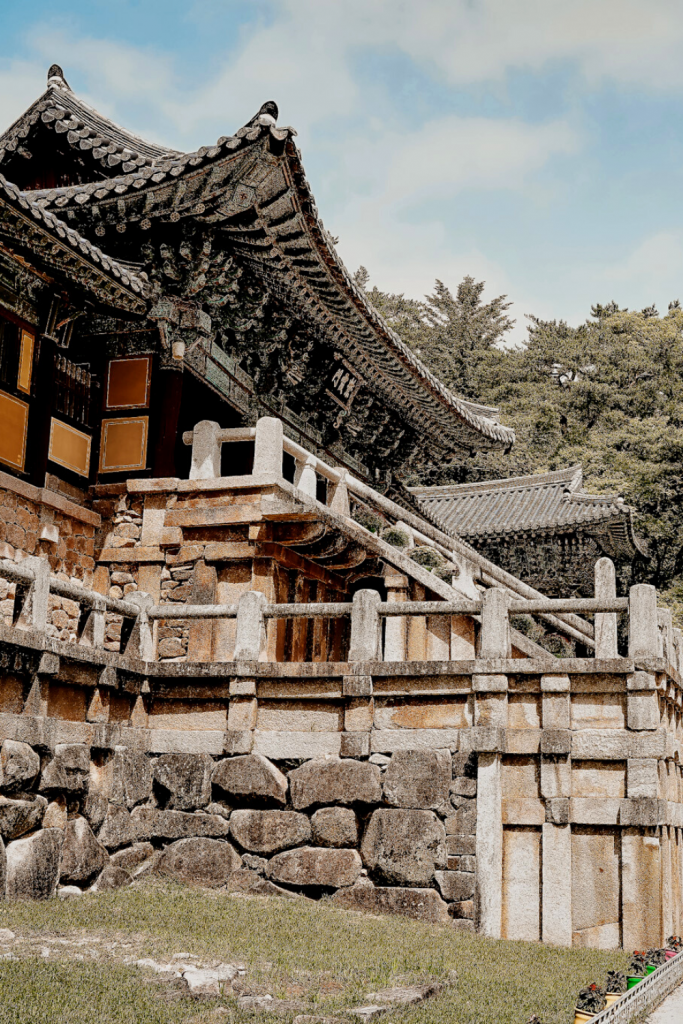
Seokguram Grotto & Bulguksa Temple
Gyeongju, 1995
Nestled on Mount Toham, Seokguram Grotto and Bulguksa Temple are celebrated icons of Buddhist grandeur close to the city of Gyeongju and built in the 8th century. The meticulous craftsmanship of these structures reflects the zenith of Silla Dynasty artistry and devotion. The Grotto houses a monumental Buddha statue in the bhumisparsha mudra position, gazing towards the sea – often called a masterpiece of Buddhist art in the Far East.
The Bulguksa Temple also offers temple stays for tourists (with English guidance) during weekends. You can make a reservation >here.
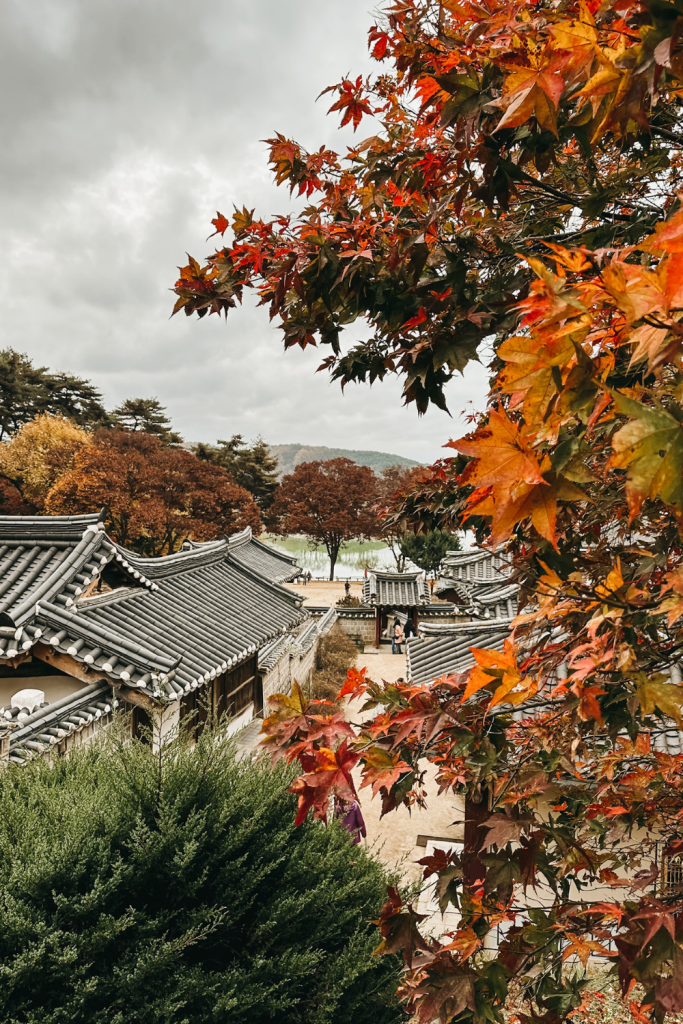
Seowon [Neo-Confucian Academies]
Nation wide, 2019
Scattered across Korea, Seowon, Korean Neo-Confucian Academies, played a crucial role in shaping the intellectual and cultural history of the Joseon Dynasty. These centers of learning, set against stunning natural backdrops, invite contemplation and reflection.
I visited three of them since I moved to South Korea and let me tell you, you can feel what used to be their purpose the second you arrive: The Appreciation of Nature & Cultivation of mind and body!
- Dosan Seowon, Andong (in the Video)
- Sosu Seowon, Yeongju
- Namgye Seowon, Hamyang
- Oksan Seowon, Gyeongju
- Piram Seowon, Jangseong
- Dodong Seowon, Daegu
- Byeongsan Seowon, Andong
- Museong Seowon, Jeongeup
- Donam Seowon, Nonsan

South Korea’s 16 UNESCO World Heritage Sites are a testament to the nation’s commitment to preserving its cultural, historical, and natural treasures. From ancient dolmens and royal palaces to serene mountain monasteries and volcanic landscapes, each site contributes a unique chapter to Korea’s multifaceted story. As these treasures continue to enchant visitors and researchers alike, they stand as proud ambassadors of Korea’s rich heritage, so I hiiiiiiighly recommend you to visit at least one of them when you come to Korea!



